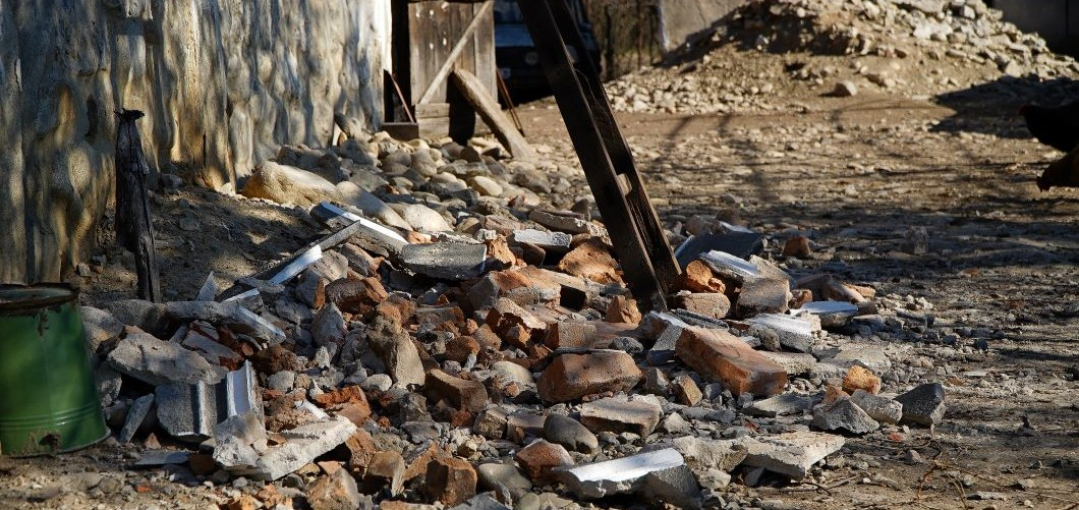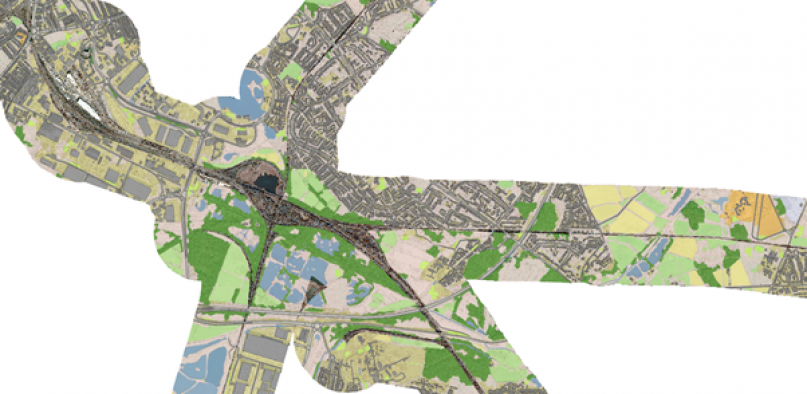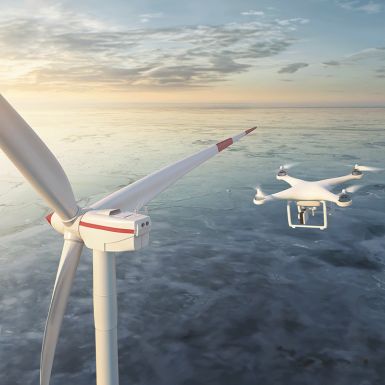
Insurance companies and homeowners in Romania are benefiting from a new service which combines a range of satellite data with innovative technologies to provide fast and accurate information on the impact of natural catastrophes and extreme weather events. GeoInsure was developed as a Demonstration Project under ESA’s Business Applications and Space Solutions (BASS) programme by the Romanian company Terrasigna and the new platform is already being used successfully by key players in the insurance sector in Romania.
Romania is prone to floods, landslides and earthquakes which affect a significant percentage of the population, leading to legislation being passed requiring homes to be insured against these risks. Due to the large number of households affected each year, even the management of insurance claims can become costly. The insurance sector needs accurate data to assess the damage caused by natural events in specific locations and time frames more efficiently, to reduce the time required to process claims and pay the affected homeowners and even to identify cases of potential insurance fraud. Terrasigna recognised that, although geospatial intelligence could be invaluable for the (re)insurance sector, there had been minimal use and uptake of this to date. Moreover, customers were found to lack a geographic perspective of their portfolio and an official dataset of geocoded addresses in Romania was not available.

The GeoInsure platform combines Global Navigation Satellite System (GNSS) and Earth Observation (EO) data, including Copernicus Services, with state-of-the-art technologies to produce clear, customised reports facilitating immediate damage assessment as well as accurate and speedy processing of claims submitted following natural disasters. It also provides alerts, notifying of imminent risk if a specific region experiences abnormal natural events, such as increased rainfall or rising river levels. All alerts are preserved, allowing the insurer, through the GeoInsure intuitive interface, to check historic conditions for a received damage claim. The platform also offers accurate and dynamic mapping of risk zones for areas under threat of natural disasters, such as flooding and earthquakes, enabling enhanced risk assessment and management for both householders and insurance companies when reinsuring their portfolio. Tracking environmental conditions over time also means users can better understand and predict risk patterns in specific areas.
“We are pleased to have supported this project which has the potential to not only help assess damage caused by natural disasters but also to enable those affected to manage risk going forward” said Francesco Feliciani, Head of the Company Led Projects Division at ESA.
Throughout the two-year development and pilot phase of the project, Terrasigna worked closely with two leading Romanian insurance companies to address their key challenges and to ensure the service is user-friendly and accessible, even to those with little or no experience of using geospatial data. The geocoding element was particularly valued by users since it allows them to build a better understanding of their portfolio and improve their workflow to accommodate the geospatial component. Terrasigna provides two types of contracts for GeoInsure potential beneficiaries: firstly the full installation of the GeoInsure platform on their premises and secondly, sign-in access to an intuitive web-based service, accessing the platform on Terrasigna’s infrastructure. Consultation during the pilot phase has also led Terrasigna to develop bespoke training to increase customer confidence in using this type of platform.
“The support provided by ESA during the two-year development of GeoInsure was crucial in refining the technology and ensuring its efficacy. This collaboration serves as a prime example of how innovation thrives through strong partnerships." said Florin Șerban, Managing Director of Terrasigna.
The next phase for GeoInsure will focus on fine-tuning the platform’s design in readiness for launching on the commercial market and upscaling the service across Europe and beyond. GeoInsure is at the heart of a wider initiative to provide services not only for household insurers but also the agricultural sector, with the potential to develop diagnostic aspects of the platform further, including the prediction of flooding in specific regions and risk mitigation.

Posted to Hero article section
Posted to Hero article section









